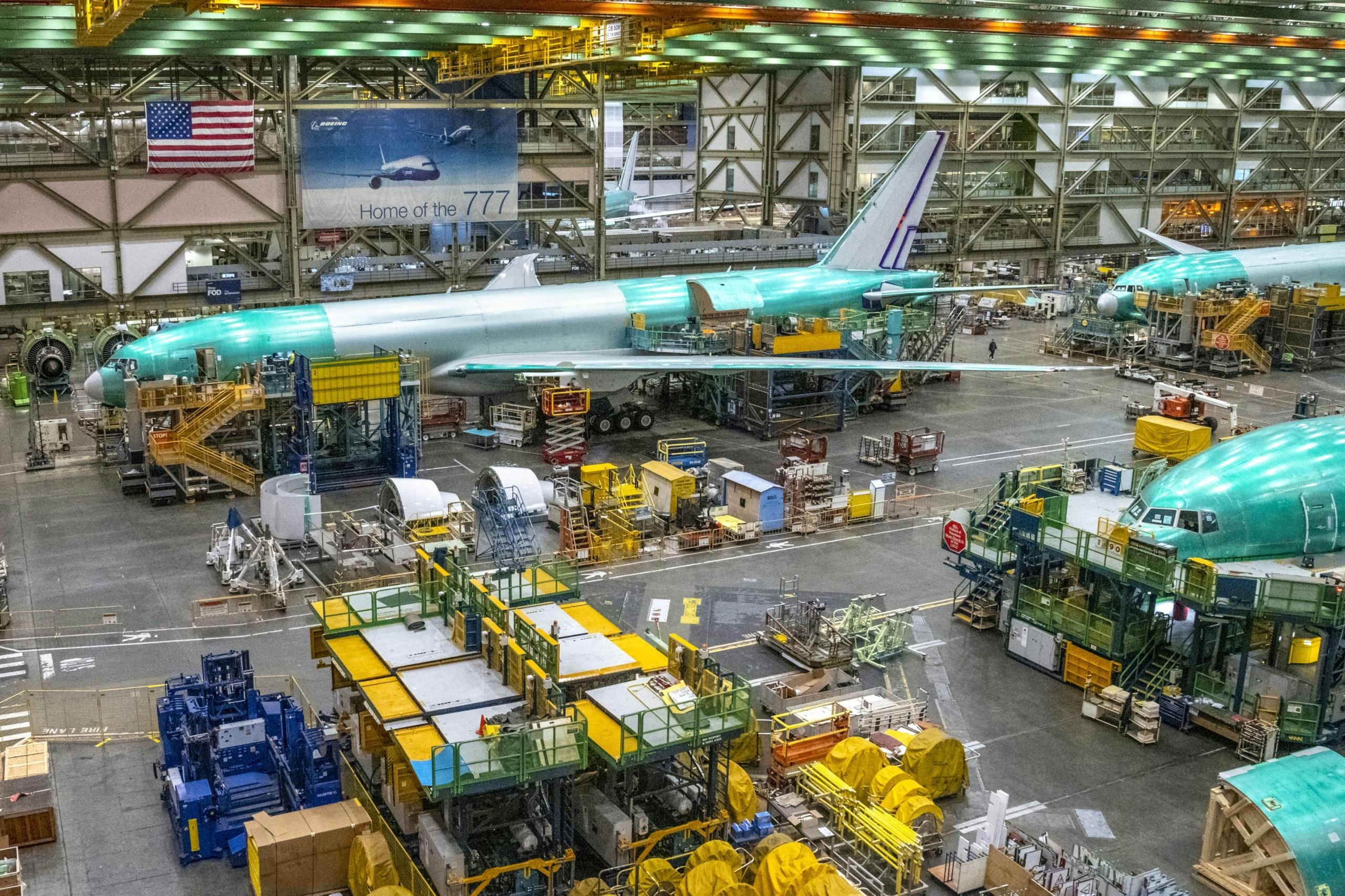
AeroGenie — Seu copiloto inteligente.
Tendências
Categories
Fuel Efficiency Comparison: Airbus A380 and Boeing 747 Per Passenger
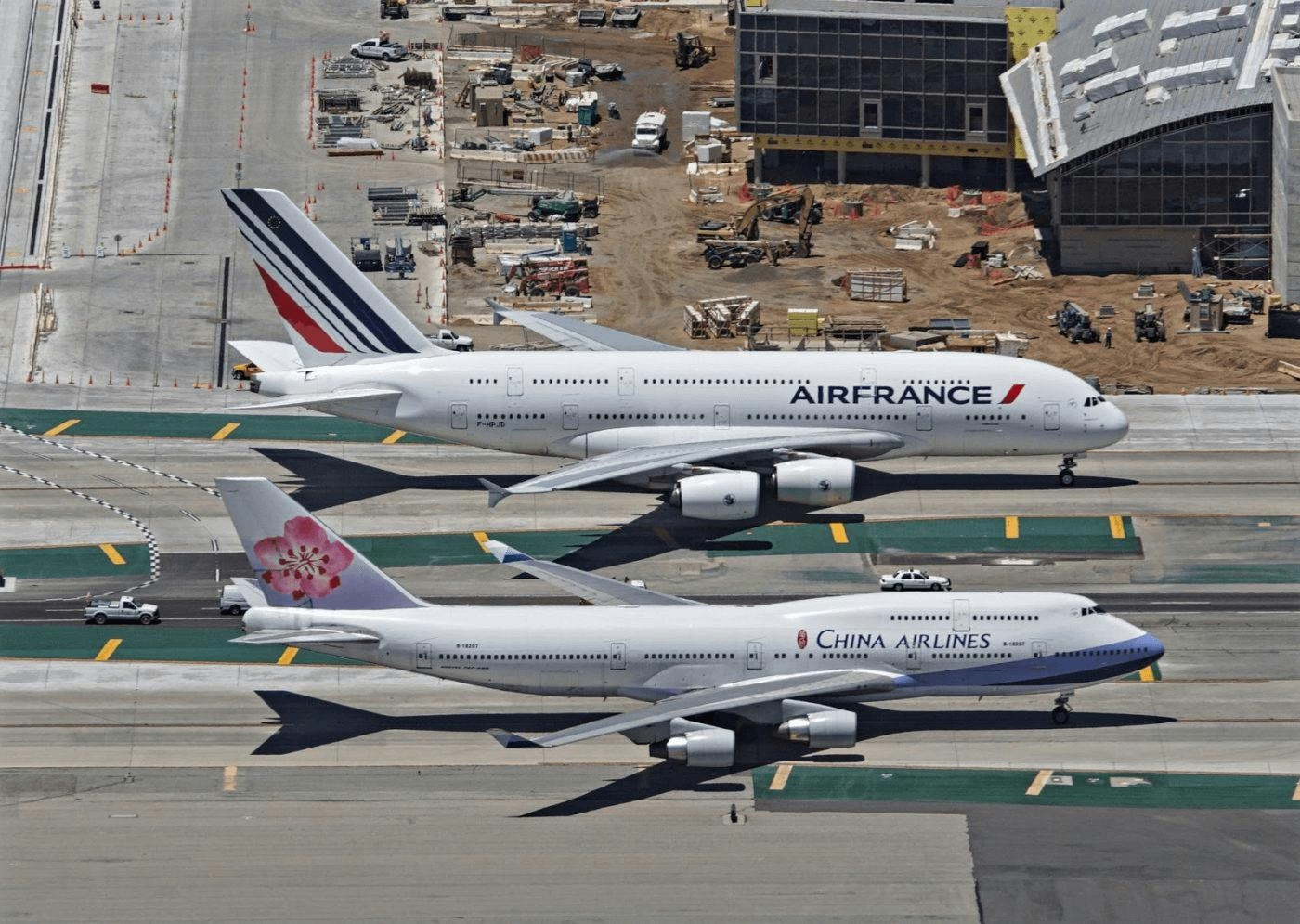
Fuel Efficiency Comparison: Airbus A380 and Boeing 747 Per Passenger
The Airbus A380 and Boeing 747 represent the largest commercial aircraft produced by their respective manufacturers, each featuring distinctive twin-deck designs and the capacity to carry hundreds of passengers on long-haul flights. Although their considerable size results in higher overall fuel consumption compared to smaller jets, their ability to transport large numbers of passengers can yield notable efficiencies when measured on a per-seat basis.
Fuel Efficiency Metrics and Aircraft Performance
Fuel efficiency per passenger is commonly assessed by the volume of jet fuel consumed, measured in liters, to transport one passenger over a distance of 100 kilometers. Industry data indicates that among these large aircraft, the Boeing 747-8 variant demonstrates superior fuel efficiency. The Airbus A380 and Boeing 747-400 exhibit similar fuel consumption rates per passenger, while the 747-8 benefits from advanced engine technology and aerodynamic refinements that reduce fuel use.
Specifically, the Airbus A380, configured to carry approximately 554 passengers over a range of 11,000 kilometers, consumes about 3.16 liters of fuel per 100 kilometers per passenger. The Boeing 747-400, with a capacity of 487 passengers and a range of 10,147 kilometers, matches this figure. In contrast, the Boeing 747-8, accommodating 467 passengers over 11,000 kilometers, achieves a lower consumption rate of 2.82 liters per 100 kilometers per passenger. This improvement is attributed to the 747-8’s extended fuselage, wider wingspan, and incorporation of modern engines, which collectively enhance aerodynamic efficiency and reduce fuel burn.
Market Dynamics and Industry Challenges
Assessing fuel efficiency between the Airbus A380 and Boeing 747 involves complexities beyond raw performance data. Regulatory frameworks continue to evolve, imposing stricter environmental standards that influence aircraft design and operation. Concurrently, rapid technological advancements and shifting market preferences have altered demand for very large aircraft. The traditional hub-and-spoke model, which favored super-jumbo jets, is increasingly supplanted by point-to-point travel, diminishing the appeal of such large-capacity aircraft.
The Boeing 747-8, despite its technological improvements, experienced limited commercial success, with only 155 orders placed globally, including 81 by Lufthansa. A significant portion of these aircraft has been allocated to freight operations rather than passenger service. Both Airbus and Boeing have responded to these market challenges by emphasizing continuous innovation, developing widebody aircraft that meet stringent efficiency requirements while addressing airline demands for operational flexibility and cost-effectiveness.
Aircraft Specifications and Industry Context
The Airbus A380 remains the largest commercial airliner in service, measuring 239 feet in length with a wingspan of 261.8 feet. Production of the A380 spanned from 2003 to 2021, resulting in 254 units built. In comparison, the Boeing 747 family is marginally smaller, with most variants measuring approximately 231 feet 10 inches in length and a wingspan of 195 feet 8 inches. Unlike the A380’s full-length double deck, the 747 features a partial upper deck.
Conclusion
While the Boeing 747-8 surpasses the Airbus A380 in fuel efficiency on a per-passenger basis, both aircraft exemplify the intricate balance between size, technological innovation, and evolving market conditions in contemporary aviation. As airlines and manufacturers navigate changing regulatory landscapes and passenger preferences, the pursuit of enhanced fuel efficiency and operational performance remains a central focus in the development of future widebody aircraft.
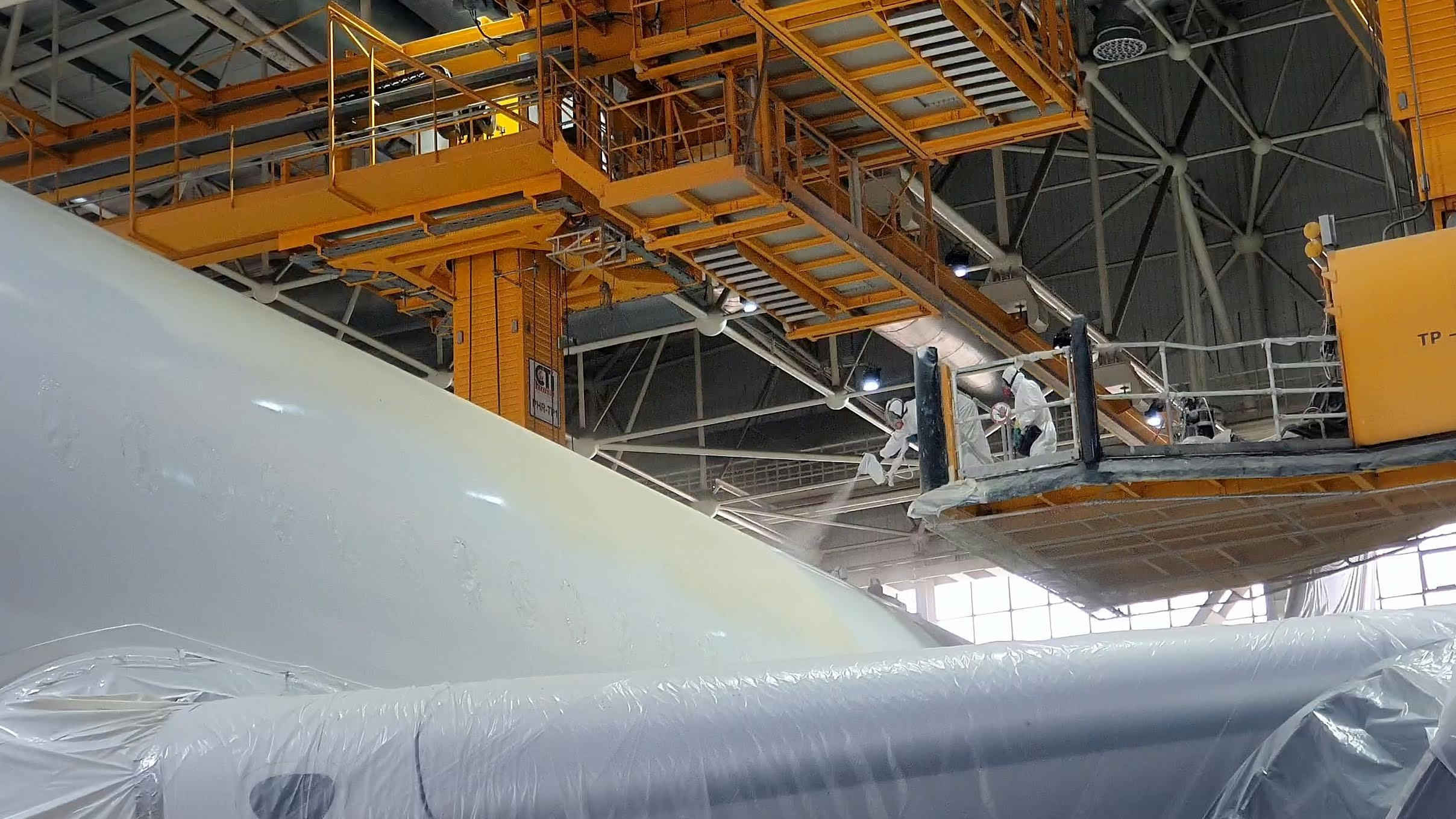
ASKY and TAAG Angola Airlines Establish In-House MRO Facilities to Support Fleet Expansion

Airbus to Release Audited 2025 Orders and Delivery Data on January 12
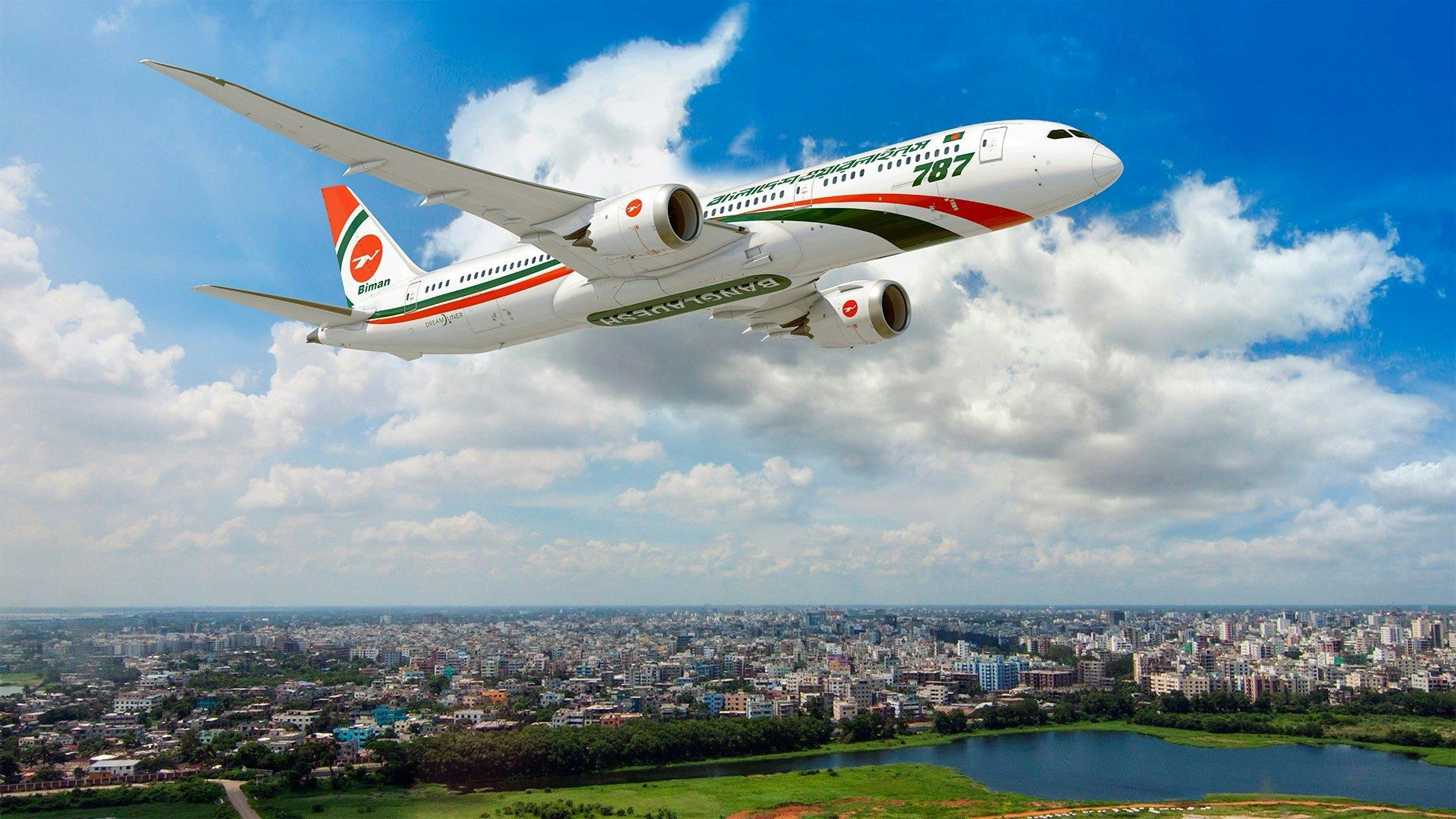
Biman Bangladesh Selects Boeing for New Aircraft Order

Amazon Cancels Italian Drone Delivery Plans Days Before Launch, Setback for U-space

Lufthansa Celebrates 100 Years of Aviation Innovation
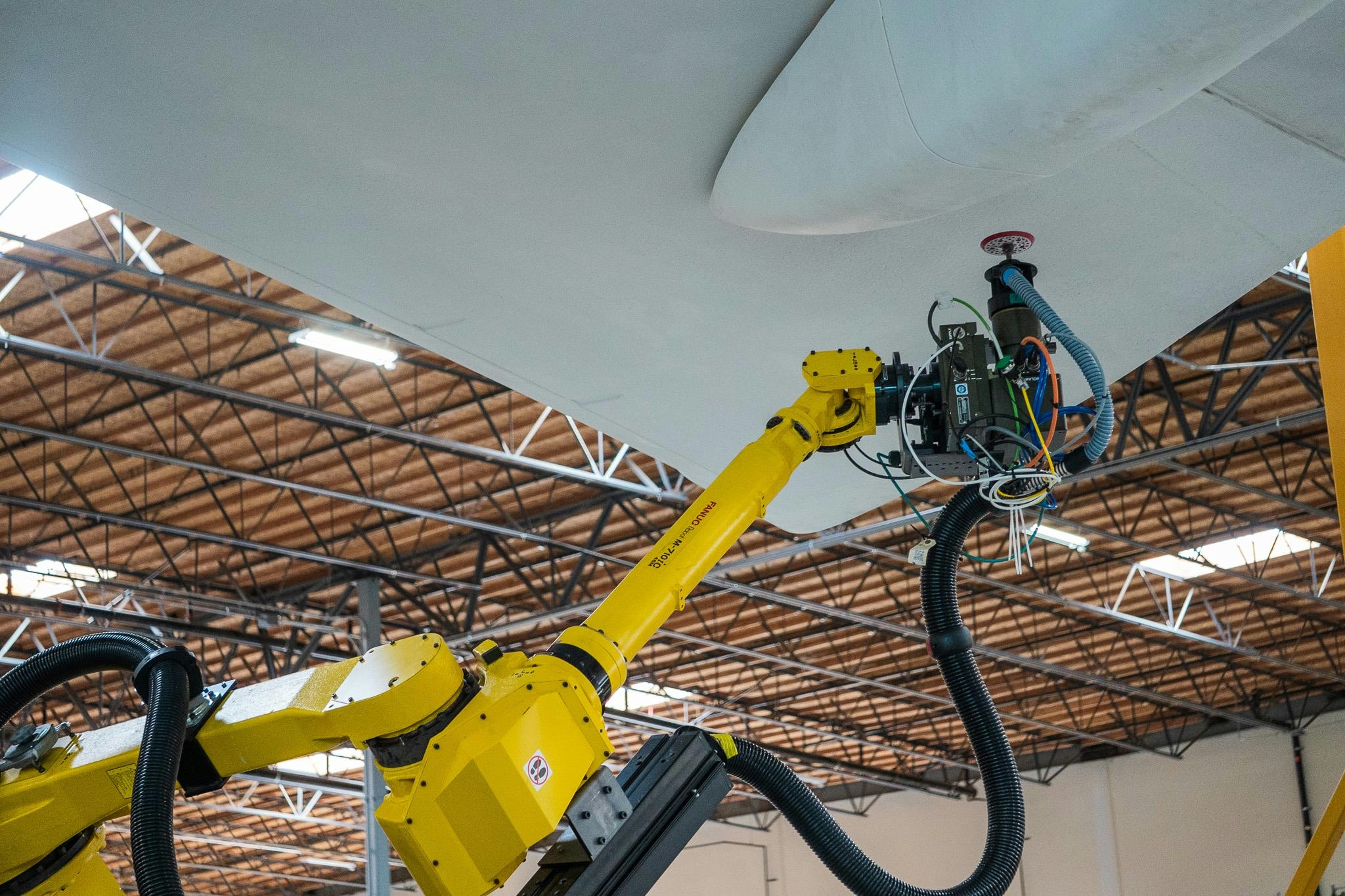
How AI Is Transforming Aviation

Comply365 Acquires MINT Software Systems

Boeing Names Fahad Al Mheiri Vice President for Middle East and North Africa

McNally Capital Acquires PT6A MRO Specialist ATS
